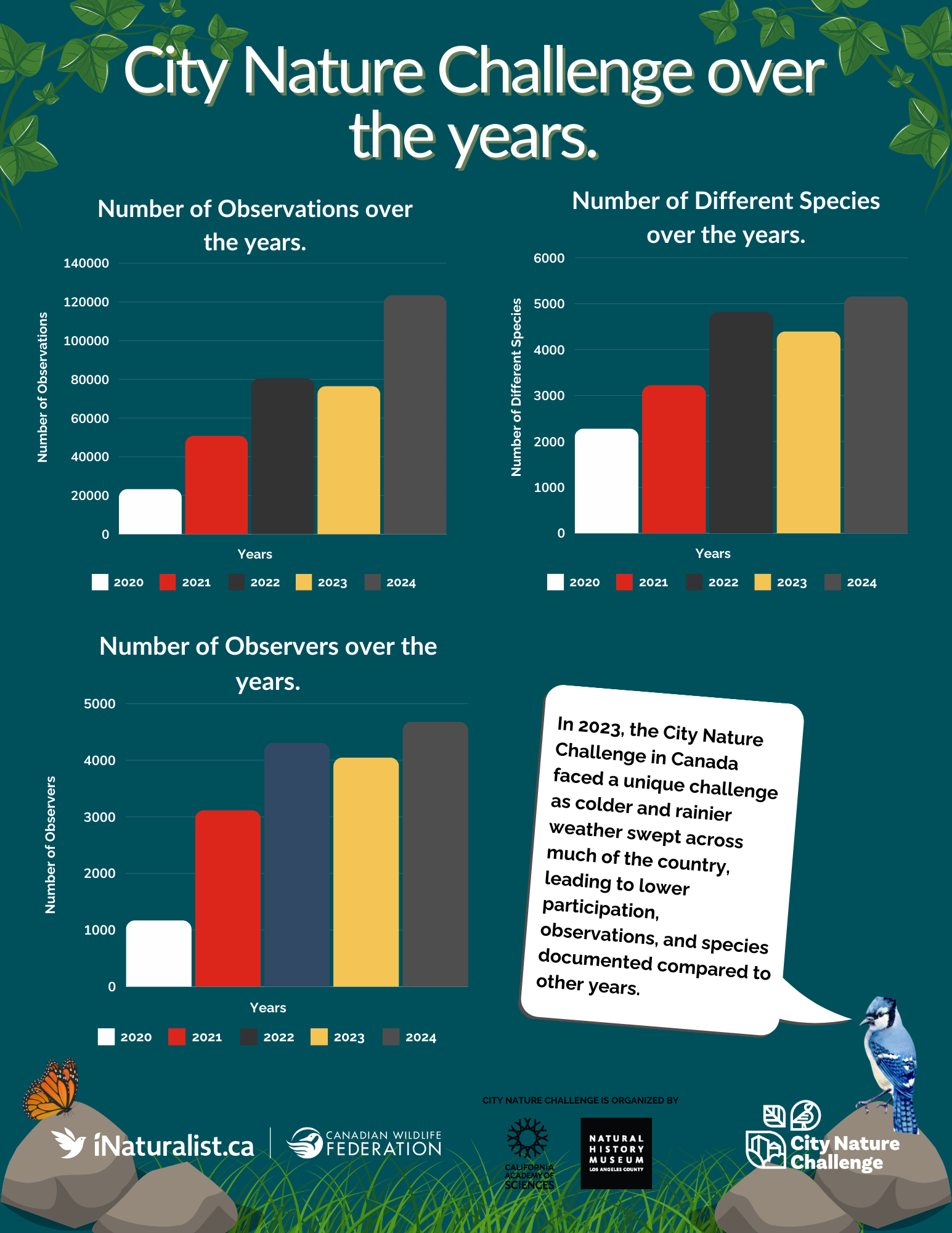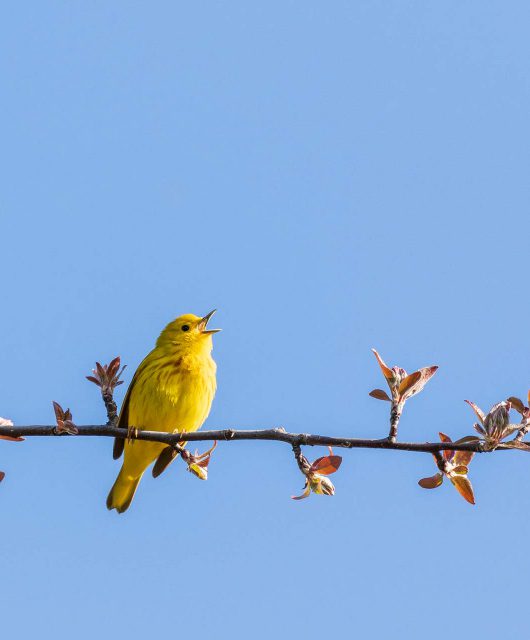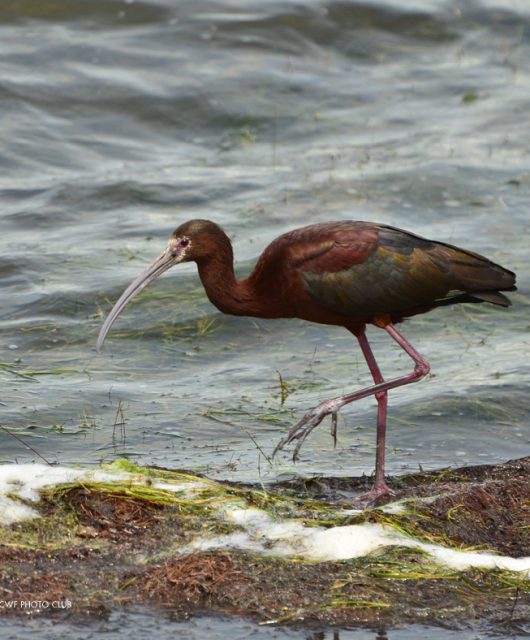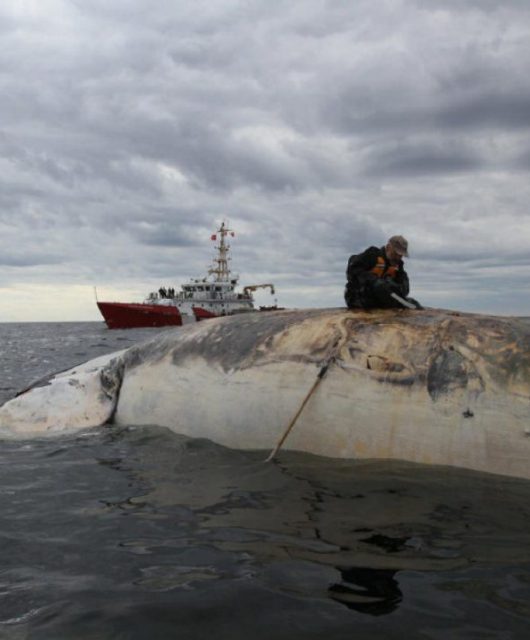The largest worldwide bioblitz to track wildlife around the globe just wrapped up.
In the hustle and bustle of urban life, it’s easy to forget the natural world that exists right outside our doorstep. However, events like the City Nature Challenge serve as a reminder of the biodiversity thriving in our cities and urban environments. In 2024, this global event once again brought together nature enthusiasts, scientists, and communities from 51 countries to document and celebrate urban biodiversity.
The City Nature Challenge, initiated by the Natural History Museum of Los Angeles County and the California Academy of Sciences, has grown into a global phenomenon since its launch in 2016. The challenge invites people from cities around the world to explore and document the flora and fauna in their urban areas using the iNaturalist app. By making observations, participants contribute valuable data for scientific research while fostering a deeper connection with nature.

Canada, known for its landscapes and rich biodiversity, made significant contributions to the 2024 City Nature Challenge. A total of 40 Canadian cities across the country embraced the challenge with enthusiasm, showcasing the remarkable variety of wildlife and plant life thriving in urban environments.
How Did Canadian Cities Fare?

How did Canada do with 690 cities around the world all jockeying for top spot in this friendly, yet collaborative, competition to build a living record of biodiversity? Considering that snow finally melted in most parts of Canada just weeks ago, seven cities impressively made it in the top 100, competing with places like La Paz, Bolivia, Monterrey, Mexico, and San Antonio, United States.
But the real success is that 2.4 million observations were recorded globally, encompassing more than 65,000 species, 3,940 of which are rare, threatened, or endangered. All in just four days!
Here in Canada, we collectively recorded 123,452 observations covering 5,157 species up from 74,972 observations and 4,433 species. Nearly three quarters of the species diversity (number of different species) consisted of plants and insects. Are you curious about what species was the most observed during the City Nature Challenge? Check out the Canada-wide project to find out, along with what other species were recorded, and all 40 city results.
Along with the most common species, 1673 observations were made of 122 different species at risk in Canada during the time period of the City Nature Challenge. This included several locations of the Threatened Chorus Frog which can only be heard calling at this time of year and otherwise nearly impossible to find. Also among the tally is the endangered Blanding’s Turtle, the Piping Plover, Orcas, and many more. Over 300 observations of at-risk turtles, covering 6 of the 8 species we have in Canada were observed and a super early observation of the endangered monarch butterfly was observed in southern Ontario. If you want to learn more, there’s a whole iNaturalist project you can view that tracks our species at risk in Canada.
What Happens With the Data Now?
Data collected during the City Nature Challenge feeds into iNaturalist Canada, which is used by researchers, conservation organizations and the general public to help learn about and protect the species we share our cities with. The Committee on the Status on Endangered Wildlife in Canada (COSEWIC) are increasingly incorporating iNaturalist data when assessing species at risk. All of this is only made possible by indispensable, dedicated organizers and participants in each city, and there’s already continued interest in next year’s City Nature Challenge.
The City Nature Challenge has seen remarkable growth in Canada over the years, captivating nature enthusiasts and communities across the country. Since its introduction, the CNC has evolved from a small-scale initiative to a nationwide phenomenon, with increasing participation and enthusiasm each year. What began as a humble endeavor to document urban biodiversity has blossomed into a celebrated event that unites Canadians in their appreciation for nature. As you can see in the graphs below, the CNC continue to inspire greater engagement with nature and foster a sense of stewardship for the environment among Canadians of all ages and backgrounds.





